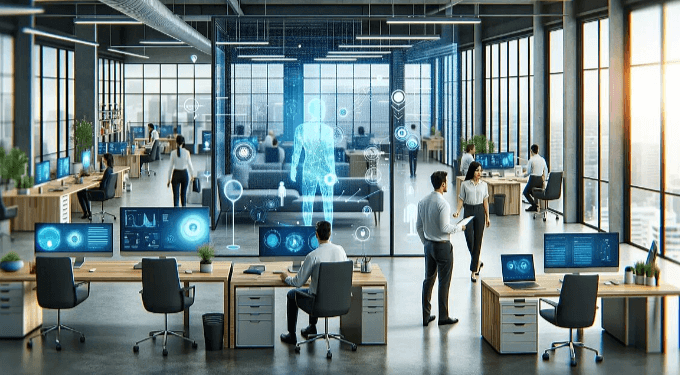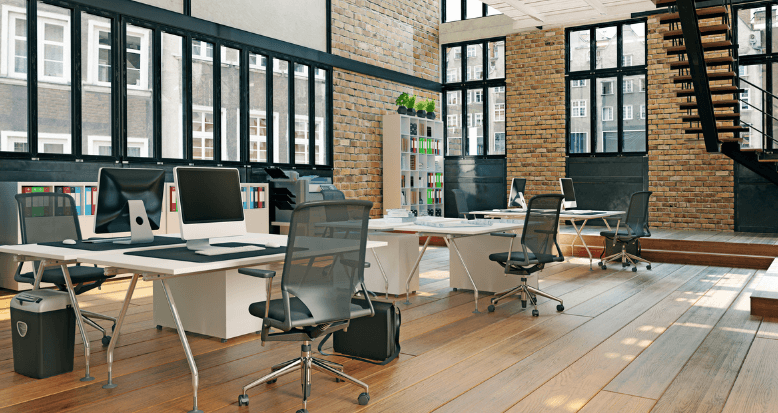The evolution of Modern:2ynmjjbhcj4= Office spaces reflects a strategic shift towards enhancing both functionality and employee experience. By prioritizing flexible layouts, ergonomic design, and advanced technological integration, these environments not only foster collaboration but also adapt to varying work styles. Moreover, the commitment to sustainability in material selection underscores a broader corporate responsibility. As organizations increasingly recognize the profound impact of physical space on productivity and morale, one must consider how these elements intertwine to shape the future of work. What specific strategies can be implemented to maximize the benefits of such an office design?
Key Features of Modern Offices
In today’s dynamic work environment, the key features of modern offices are fundamentally transforming how organizations operate and employees engage with their work.
Central to this transformation are flexible layouts that encourage collaboration and adaptability, alongside the use of sustainable materials that reflect a commitment to environmental responsibility.
These elements not only enhance productivity but also foster a sense of freedom and well-being for all employees.
Benefits of a Collaborative Workspace
The shift towards flexible layouts in modern offices naturally leads to the adoption of collaborative workspaces, which offer numerous advantages for organizations and employees alike.
Enhanced team dynamics foster a sense of community, encouraging open communication and idea exchange.
This environment stimulates creative brainstorming, resulting in innovative solutions and improved project outcomes, ultimately driving productivity and employee satisfaction in the workplace.
Technology Integration in Work Environments
Embracing technology integration in work environments revolutionizes the way teams collaborate and communicate.
By leveraging digital tools, organizations enhance remote collaboration, allowing employees to connect seamlessly, regardless of location.
This integration fosters innovation and flexibility, empowering teams to share ideas and streamline workflows efficiently.
As technology evolves, organizations must adapt to harness these tools for a more dynamic and liberated workplace.
Read Also Cute:4w_S6efzjqy= Smores Clipart

Designing for Employee Well-Being
Creating spaces that prioritize employee well-being is crucial for fostering a productive and engaged workforce.
Thoughtfully designed environments enhance employee comfort and promote mental health, leading to increased creativity and collaboration.
Incorporating natural light, ergonomic furniture, and quiet areas for relaxation can significantly impact overall satisfaction.
Ultimately, prioritizing well-being cultivates a culture where employees feel valued and empowered to thrive.
Conclusion
In a world where productivity is paramount, Modern:2ynmjjbhcj4= Office paradoxically prioritize employee well-being over sheer output. Ironically, the very spaces designed to enhance collaboration and creativity often foster a sense of isolation through over-scheduling and constant connectivity. While ergonomic furniture and natural light are celebrated, the relentless push for efficiency can overshadow the essential human element. Ultimately, the challenge lies in balancing the allure of innovation with the need for genuine connection, proving that sometimes less truly is more.





 Modern:6t9dvjzk7jc= Mormon Underwear
Modern:6t9dvjzk7jc= Mormon Underwear